Article: How to Make Your Hair Grow Under Wig Fast?(Quick Answer)
How to Make Your Hair Grow Under Wig Fast?(Quick Answer)
Hey! I Find the Answer!
Many people turn to wigs for various reasons, such as dealing with hair loss, experimenting with different hairstyles, or protecting their natural hair. However, a common concern is whether wearing a wig can impede hair growth or even cause damage to natural hair. This article is designed to address these concerns and provide detailed, actionable advice on how to ensure your hair remains healthy and continues to grow while wearing a wig. By the end of this post, you’ll have a comprehensive understanding of how to care for your hair under a wig and the best practices to promote rapid hair growth.

Does Wearing a Wig Prevent Hair Growth?
There is a pervasive myth that wearing a wig can stifle hair growth. However, the truth is that hair growth is largely determined by factors like genetics, overall health, and hair care practices. A wig itself does not directly prevent hair from growing. However, the way a wig is worn and maintained can influence the condition of your hair and scalp, which indirectly impacts hair growth.
Factors That Could Impact Hair Growth While Wearing a Wig
-
Scalp Health: The scalp's ability to breathe is crucial for healthy hair growth. If a wig is too tight or made of materials that do not allow airflow, it can create a warm, humid environment on the scalp, leading to issues such as sweat build-up, clogged follicles, and potentially fungal infections. This can hinder hair growth.
-
Hair Breakage: Constant friction between the wig and your natural hair can lead to breakage. Over time, this breakage can give the appearance that your hair isn’t growing, even though it is.
-
Neglect of Natural Hair: When focusing on the appearance of the wig, some individuals may neglect the care of their natural hair. Failing to properly moisturize, cleanse, and protect the hair underneath the wig can lead to a dry, brittle scalp and hair, which can slow down hair growth.
How to Avoid These Pitfalls
- Ensure that your wig fits comfortably, allowing your scalp to breathe.
- Regularly care for your natural hair by moisturizing and cleansing it.
- Rotate wigs to minimize the strain on your scalp.
Will My Hair Grow if I Wear a Wig?
Hair growth is a continuous process, driven by the hair follicles in your scalp. As long as your follicles remain healthy, your hair will continue to grow regardless of whether you wear a wig. However, how you wear and care for your wig can affect the health of your hair and scalp, which in turn can influence the rate of hair growth.
How Wigs Can Impact Perceived Hair Growth
-
Scalp and Hair Health: Wearing a wig that doesn’t fit properly or is not cleaned regularly can create an environment that is not conducive to hair growth. A tight-fitting wig can restrict blood flow to the scalp, which is essential for delivering nutrients to hair follicles.
-
Hair Care Routine: Maintaining a consistent and effective hair care routine under your wig is vital. This includes regular cleansing, deep conditioning, and avoiding excessive heat styling.
-
Protective Hairstyles: Styling your hair in protective styles such as braids, twists, or cornrows before wearing a wig can protect your hair from damage and breakage. This can create a healthier environment for hair growth.
Promoting Hair Growth While Wearing a Wig
- Use wigs that are made from breathable materials and have adjustable fittings.
- Incorporate scalp massages into your routine to stimulate blood flow.
- Take breaks from wearing wigs to allow your scalp to breathe.
How to Care for Hair Under a Wig?
Caring for your hair under a wig is essential to maintaining its health and promoting growth. When your hair is covered, it can be easy to forget that it still needs attention. Here’s how you can ensure your hair remains healthy under a wig:
Regular Cleansing
-
Why It’s Important: Sweat, oils, and product build-up can accumulate on your scalp when wearing a wig, which can lead to clogged pores and hinder hair growth.
-
How to Do It: Use a gentle, sulfate-free shampoo to cleanse your scalp and hair at least once a week. Focus on massaging the scalp to remove any buildup and stimulate circulation.

Moisturizing
-
Why It’s Important: Wigs can absorb moisture from your natural hair, leading to dryness and breakage if not properly moisturized.
-
How to Do It: Apply a lightweight leave-in conditioner or natural oils such as jojoba, argan, or coconut oil to keep your hair hydrated. Focus on the ends of your hair, which are the oldest and most prone to damage.
Using a Silk or Satin Wig Cap
-
Why It’s Important: Silk or satin caps reduce friction between the wig and your hair, which helps prevent breakage and maintains moisture.
-
How to Do It: Wear a silk or satin cap under your wig to create a protective barrier. Make sure the cap fits well without being too tight, as this can cause tension on your scalp.
Deep Conditioning Treatments
-
Why It’s Important: Deep conditioning treatments help restore moisture and strength to your hair, which is essential for growth, especially when your hair is frequently covered.
-
How to Do It: Use a deep conditioning mask once a week. Apply the mask to your hair, focusing on the ends, and cover it with a plastic cap for 20-30 minutes before rinsing out with cool water.
Scalp Massages
-
Why It’s Important: Scalp massages stimulate blood flow to the hair follicles, encouraging hair growth.
-
How to Do It: Spend 5-10 minutes massaging your scalp with your fingertips or a scalp massager. You can also use essential oils like peppermint or rosemary, which are known for their stimulating properties.
Avoiding Tension and Stress on Hair
-
Why It’s Important: Tight wigs, braids, or ponytails under the wig can create tension, leading to traction alopecia—a form of hair loss caused by constant pulling on the hair.
-
How to Do It: Opt for looser, protective hairstyles and ensure your wig fits comfortably without causing pressure on your scalp.
How to Wear Wigs Without Damaging Hair?
-
Why It’s Important: A poorly fitting wig can cause friction and stress on your natural hair, leading to breakage and hair loss.
-
How to Do It: Ensure your wig is the right size for your head. A wig that is too tight can restrict circulation to the scalp, while one that is too loose can rub against your natural hair, causing damage.
Minimizing the Use of Adhesives
-
Why It’s Important: Wig adhesives, such as glue or tape, can cause significant damage to your hairline and scalp, leading to breakage and potentially permanent hair loss.
-
How to Do It: If possible, avoid using adhesives altogether. Instead, choose wigs with adjustable straps or combs that secure the wig without the need for glue. If you must use adhesive, apply it carefully and sparingly, and remove it with a gentle, oil-based remover to avoid damage to your skin and hair.
Proper Wig Maintenance
-
Why It’s Important: Keeping your wig clean and well-maintained not only extends its lifespan but also prevents the transfer of dirt, oils, and bacteria to your natural hair, which can cause scalp issues.
-
How to Do It: Wash your wig regularly with a gentle wig shampoo and conditioner. Allow it to air dry on a wig stand to maintain its shape. Avoid using excessive heat on the wig, as this can weaken the fibers and reduce the wig's longevity.
Protective Styling Under the Wig
-
Why It’s Important: Protective hairstyles such as braids, twists, or cornrows keep your natural hair secure and reduce the risk of tangling and breakage under the wig.
-
How to Do It: Before putting on your wig, style your natural hair in a way that distributes tension evenly and protects the ends. Make sure the style is not too tight to avoid causing stress to your scalp.
Taking Breaks from Wig Wearing
-
Why It’s Important: Constantly wearing a wig can prevent your scalp from getting the air and sunlight it needs to stay healthy, which can impact hair growth.
-
How to Do It: Give your hair and scalp a break from wearing wigs by going wig-free whenever possible. On days when you’re not wearing a wig, focus on giving your hair extra care, such as deep conditioning treatments and scalp massages.
How to Make Your Hair Grow Under a Wig?
Scalp Stimulation
-
Why It’s Important: Increased blood flow to the scalp delivers essential nutrients to hair follicles, promoting faster hair growth.
-
How to Do It: Incorporate daily scalp massages into your routine. Use your fingertips to apply gentle pressure in circular motions. You can enhance the effects by using a few drops of essential oils known for stimulating hair growth, such as rosemary, peppermint, or tea tree oil.
Using Growth-Boosting Products
-
Why It’s Important: Products formulated with specific ingredients can nourish the scalp and hair, promoting stronger and faster growth.
-
How to Do It: Look for hair care products that contain biotin, keratin, caffeine, or castor oil, all of which are known to support hair growth. Apply these products according to the manufacturer's instructions, focusing on the scalp and roots.
Diet and Nutrition
-
Why It’s Important: A balanced diet rich in vitamins and minerals is crucial for hair health. Deficiencies in nutrients like biotin, zinc, iron, and omega-3 fatty acids can slow down hair growth.
-
How to Do It: Incorporate foods like eggs, nuts, spinach, and fish into your diet, which are rich in these essential nutrients. Additionally, consider taking a hair growth supplement if needed, after consulting with a healthcare provider.

Hydration
-
Why It’s Important: Staying hydrated is essential for overall health, including the health of your scalp and hair. Dehydration can lead to dry, brittle hair that is prone to breakage.
-
How to Do It: Drink plenty of water throughout the day to keep your body and hair hydrated. Aim for at least 8 glasses of water daily, and more if you're physically active or live in a hot climate.
Protective Styling and Low Manipulation
-
Why It’s Important: Low manipulation hairstyles minimize the stress on your hair, reducing the risk of breakage and allowing your hair to grow longer.
-
How to Do It: Stick to protective styles that you can leave in for a few weeks, such as braids or twists, and avoid constantly restyling your hair. This reduces the risk of breakage and gives your hair the opportunity to grow without interruption.
Patience and Consistency
-
Why It’s Important: Hair growth is a gradual process, and it requires consistent care and patience. Results won't happen overnight, but with a dedicated routine, you'll see improvements over time.
-
How to Do It: Stick to your hair care routine consistently. Track your progress by taking photos or measuring the length of your hair regularly to stay motivated.
Conclusion
Wearing a wig is a practical and often stylish solution for many, but it’s important to ensure that your natural hair continues to thrive underneath. By following the comprehensive care tips provided in this article, you can maintain the health of your scalp and hair, prevent damage, and promote faster hair growth while enjoying the versatility that wigs offer. Remember, the key to healthy hair growth under a wig is a combination of proper hair care, protective styling, and patience. With consistent effort, you can achieve your hair growth goals while still rocking your favorite wigs.















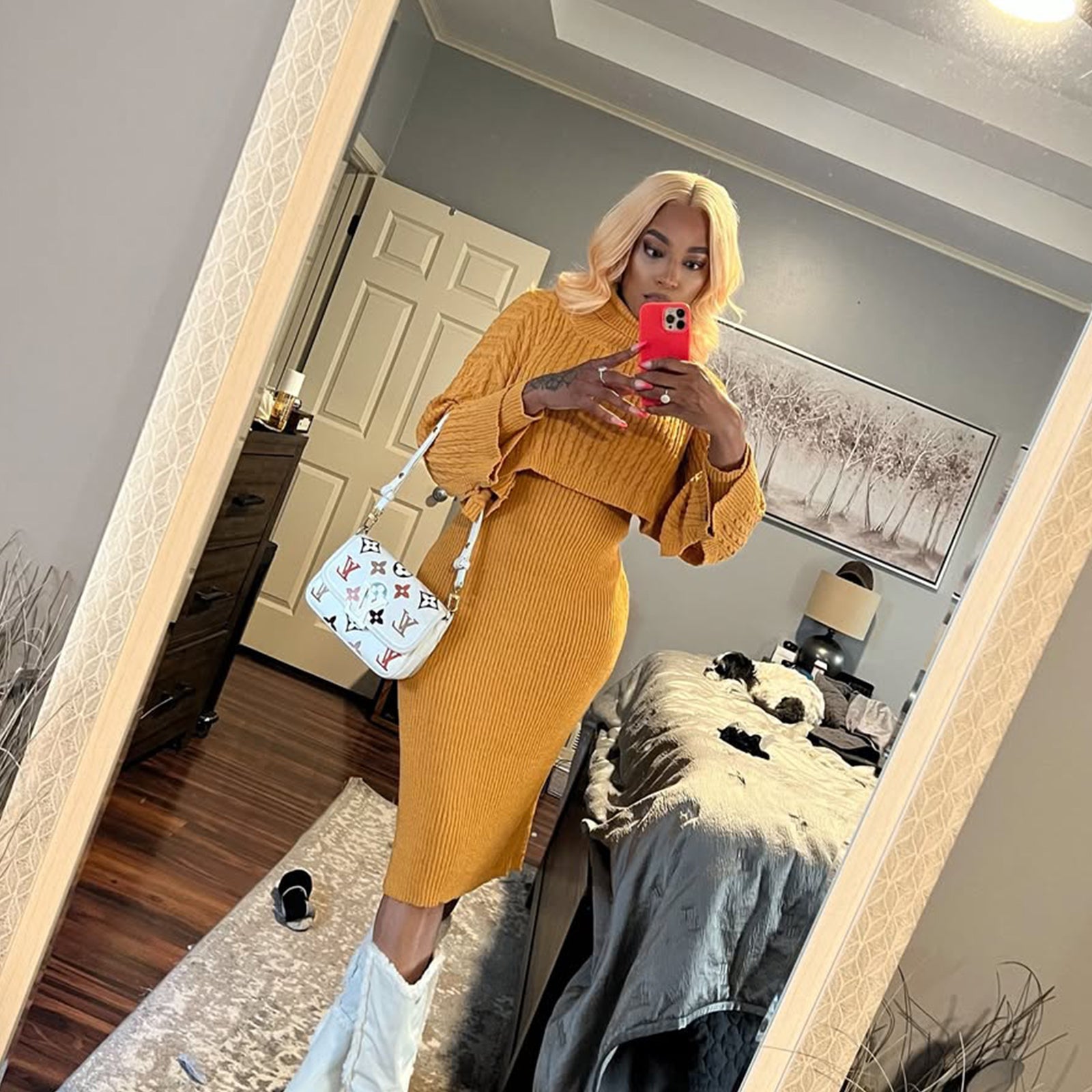








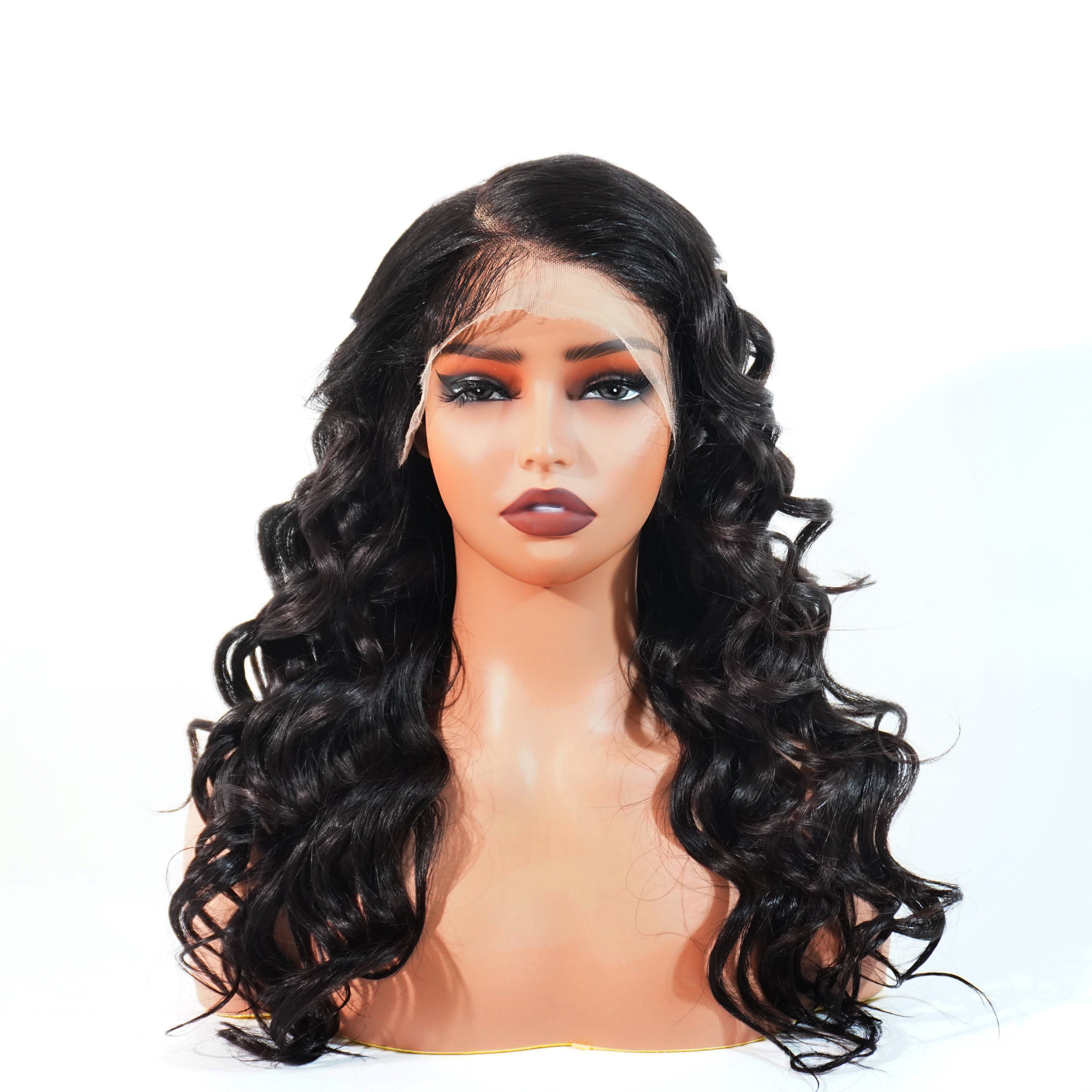
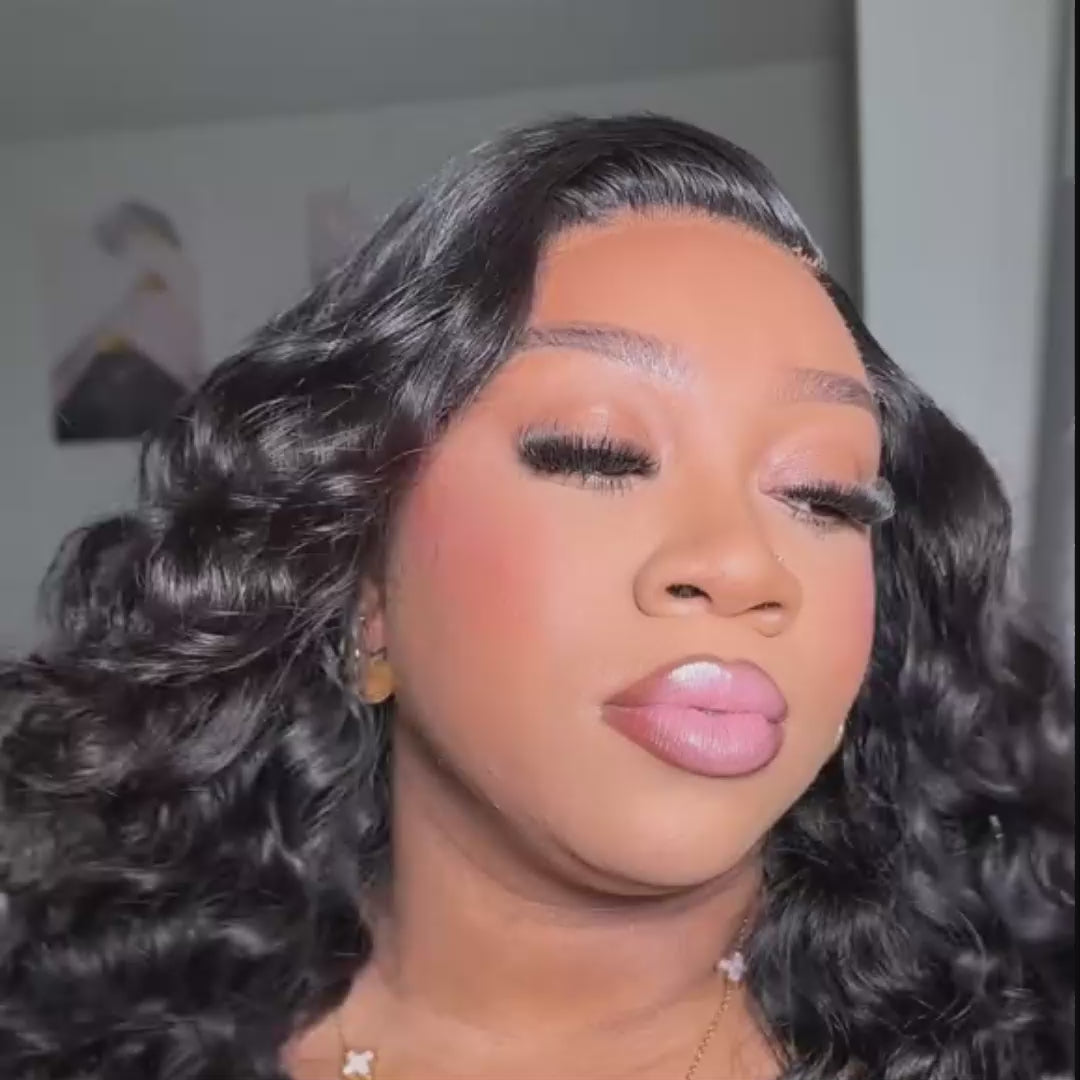

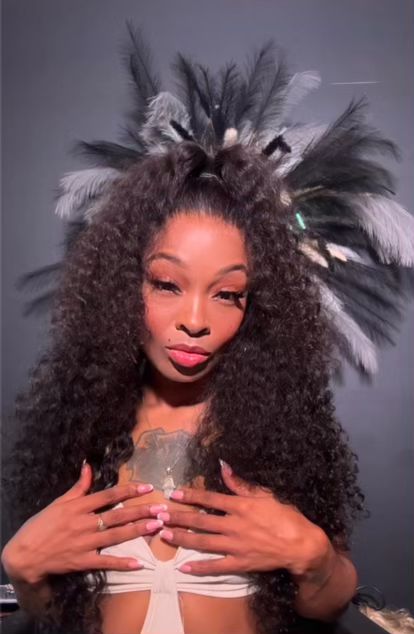
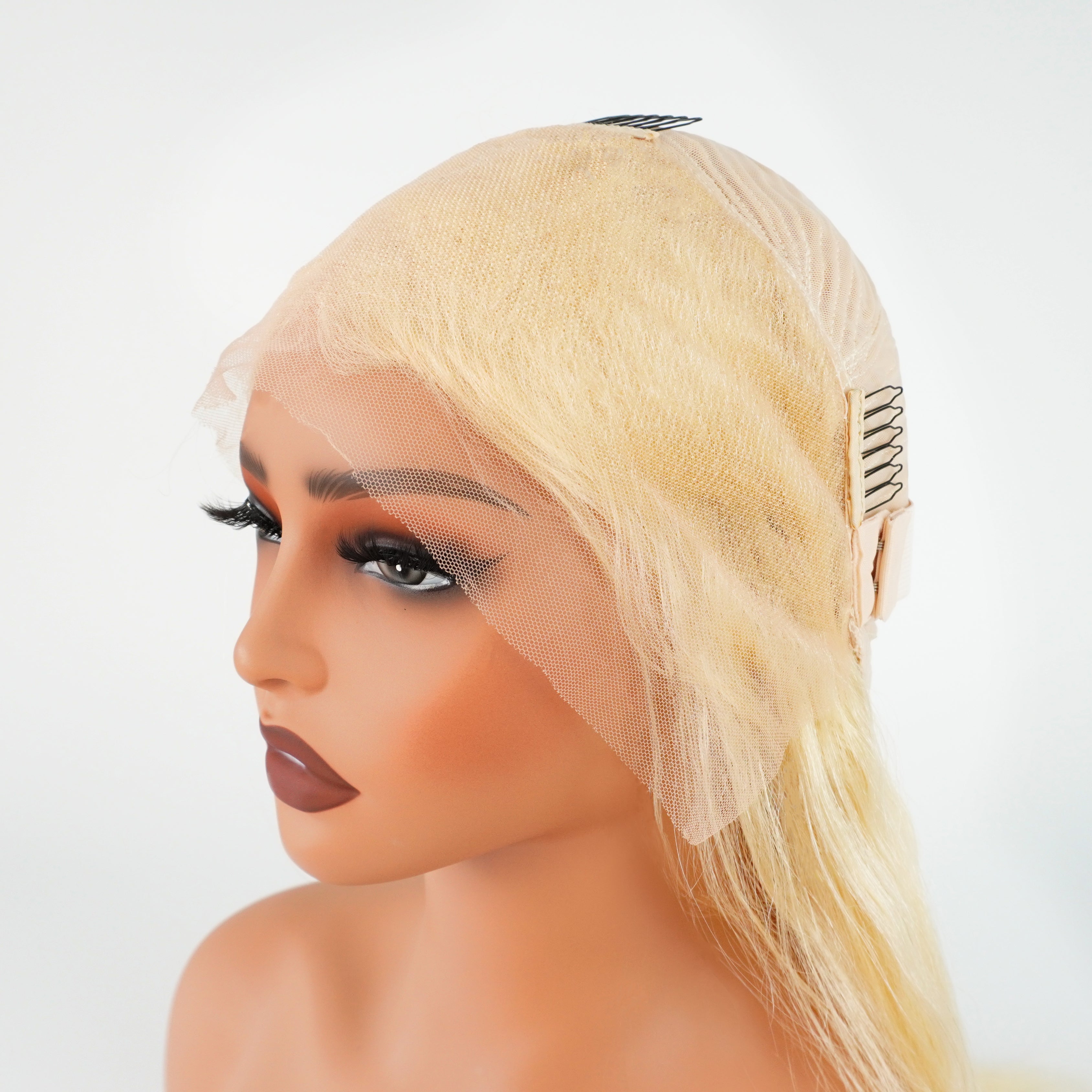







Leave a comment
This site is protected by hCaptcha and the hCaptcha Privacy Policy and Terms of Service apply.